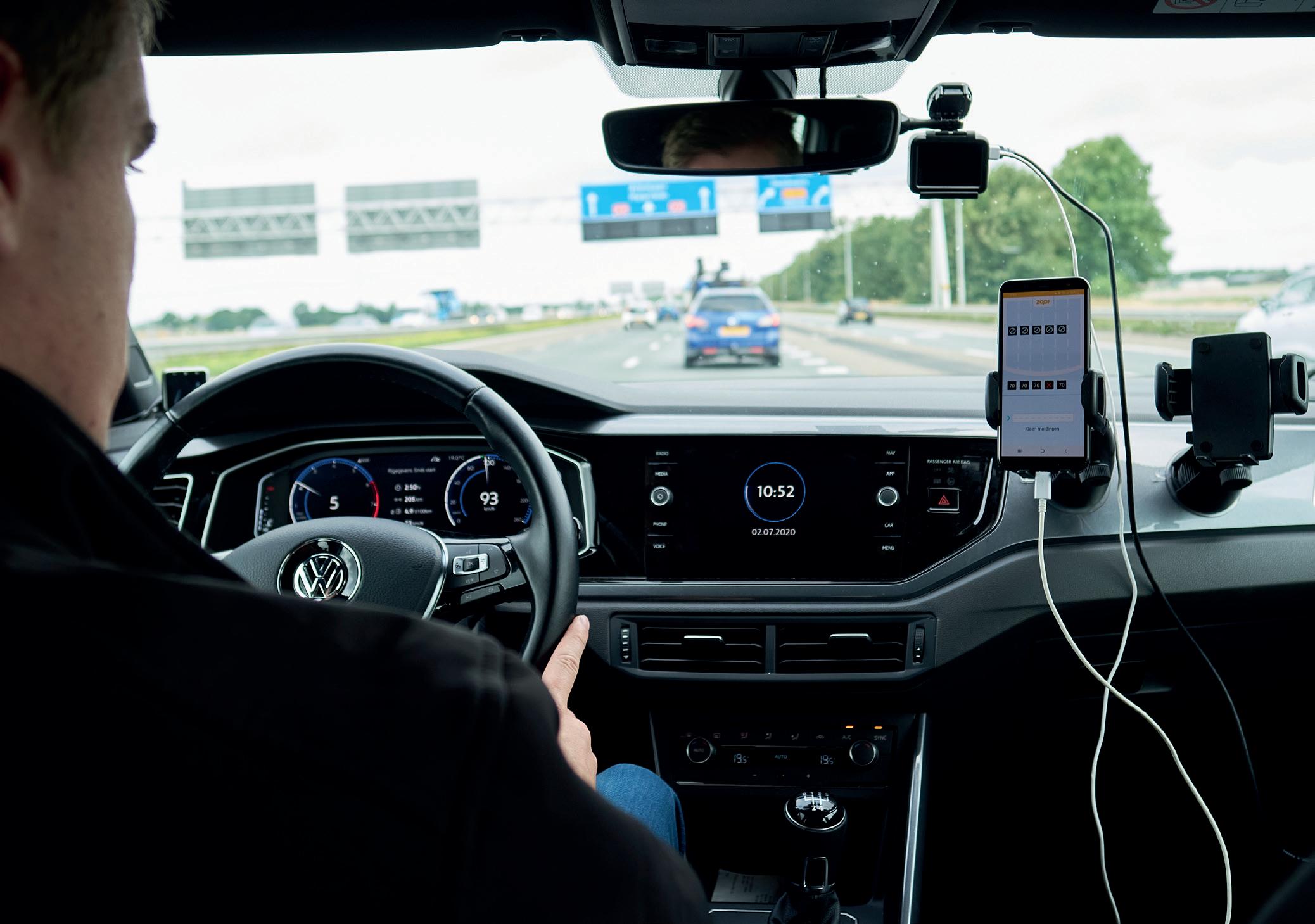
12 minute read
A key player in aftermarket ADAS
A key player in
aftermarket ADAS
V-tron is a leading company in aftermarket Advanced Driver Assistance (Automotive) Systems (ASAS). The modern home-working trend started well before the current COVID-19 crisis, and new vehicle registrations were already dropping. In 2019, around 80% of vehicles sold in the Netherlands were second-hand, with the average age of the Dutch passenger car being about 11 years. This means that most of the vehicles driving in the Netherlands are not equipped with OEM safety systems, which are becoming more and more popular, and even mandatory in new vehicles.
V-tron’s mission is to equip these outdated vehicles with modern technologies to increase safety and comfort. The majority of European vehicles could use an update in terms of safety and communication systems. V-tron facilitates this by retrofitting cars with ADAS systems capable of warning the driver in case of a possible collisions and giving distance advice with regard to nearby vehicles, pedestrians or cyclists. Furthermore, the system provides a warning if the car exceeds the speed limit or changes lanes without using the indicators. For the commercial market, V-tron sells the blind spot detection system, which will warn drivers of trucks or vans about Vulnerable Road Users in the vehicle’s blind spots and can greatly improve the overall safety, also in older trucks.

Carsharing is the future C-ITS
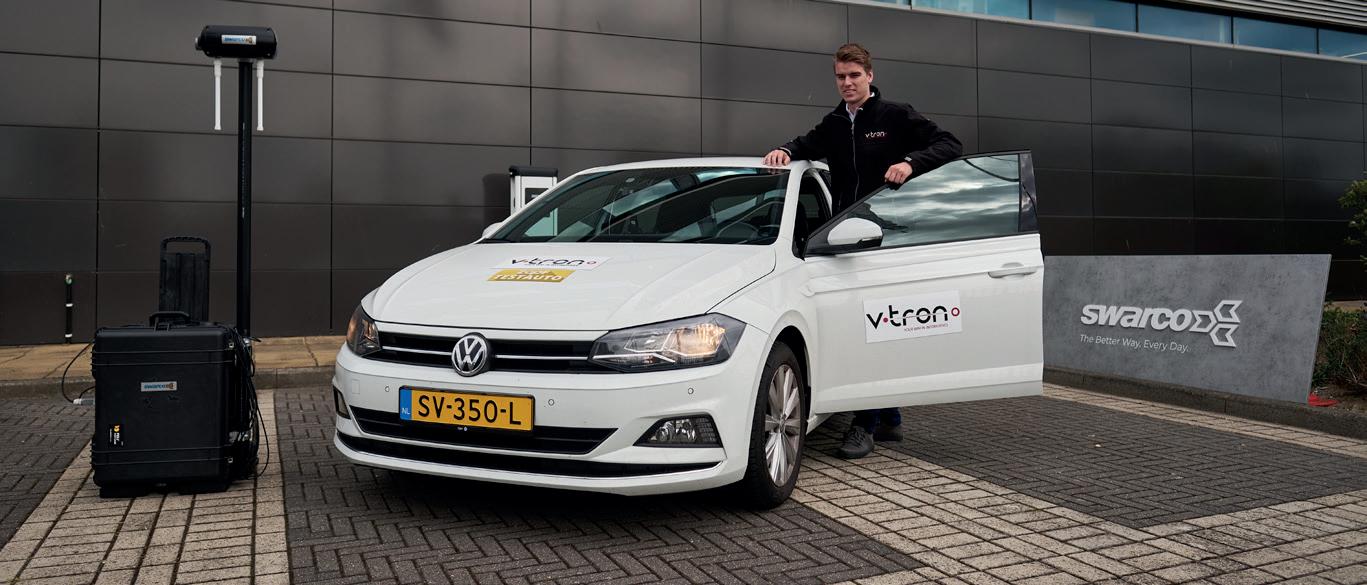
The home-working trend did increase during the COVID-19 period, and it is likely to remain popular once the crisis has passed. This means there is less need for everyone to own their own private car. V-tron develops and provides in-car technologies that enable companies to turn their car fleet into a car-sharing platform, allowing them to make efficient use of their assets. A company’s employees can book a car and timeslot in an online system and unlock the vehicle with a standard Near Field Communication chip card. Besides offering convenience, the system also provides cost-efficient and reliable communication through the online reservation and management system. The system provides the employer with a range of services, such as reservations management, live vehicle tracking, (ride) reporting, fuel consumption and various security options. Another service that V-tron provides for its customers is the testing and deployment of Cooperative Intelligent Transport Systems (C-ITS). These are systems that facilitate communication between vehicles and road infrastructure. C-ITS are used to improve traffic flow and warn drivers of the road/traffic status ahead. At the moment, various cities and regions are investing in “smart” traffic lights, which can predict and adapt to traffic situations. Moreover, such systems can inform drivers about the current state of traffic and give priority to specific road users. V-tron can support these projects by testing traffic light infrastructure and reporting on their functionality. CV2X (Vehicle-to-everything) is one of the latest technologies to be implemented by car manufacturers. This system exchanges information between vehicles and road infrastructure, and it is intended to warn drivers of possible dangerous situations on the road and decrease the number of accidents. V-tron has developed its own system, called the Onboard-Unit, which is capable of sending and receiving such data. V-tron uses this technology to validate new C-ITS chains in European projects and to develop and deploy it for the existing market. In the past, several people involved in testing would drive in a vehicle at the same time. It is now undesirable to be in such a small confined space together, and this will probably remain the case in the future. V-tron has therefore developed a live-stream kit that allows us to record the traffic scenario and the systems on a single screen and upload it to the internet, where it can be reviewed by all the participants. This way, testing can be done both rigorously and safely.
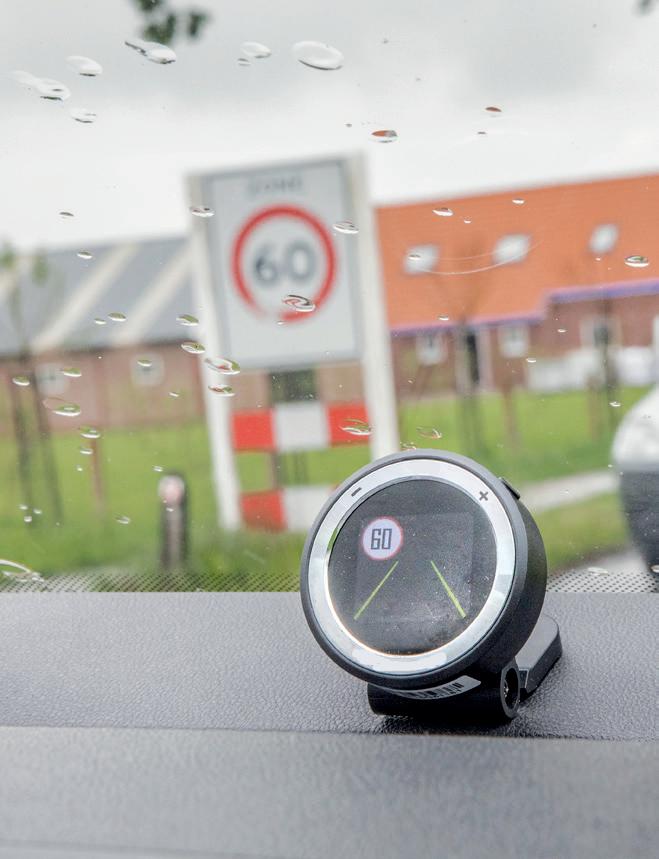
No more exceeding
the speed limit? also encourage more sustainable transport choices, making cities more livable, ultimately healthier and more attractive A project that V-tron is currently involved to all members of society. The use case in that offers great potential for future that V-tron focuses on is the Intelligent innovations is the EU-funded project Speed Advisory (ISA) system. Through Regulating Vehicle Access for Improved this aftermarket system, vehicles are Livability (ReVeAL). The goal of ReVeAL equipped with cameras that read road is to add Urban Vehicle Access Regu- signs, have a digital map with all the road lations to the standard range of urban information and actively limit vehicles mobility transitions in cities across to the maximum speed. This allows Europe. The overall project mission is to for safer and more eco-friendly traffic enable cities to optimize urban spaces situations. Implementing the system on as well as the use of transport networks a large scale can eliminate the need for through new and integrated packages of speed-reducing road measures and will policies and technologies. Such improve- lead to safer and more friendly roads in ments can lead to fewer emissions, less the future. V-tron has planned extensive noise, and better accessibility and quality projects in 2021 where the developed of life. This will mainly benefit the people technologies, including cameras, digital living in these cities. Such policies could roadmaps and geofencing, will be tested.

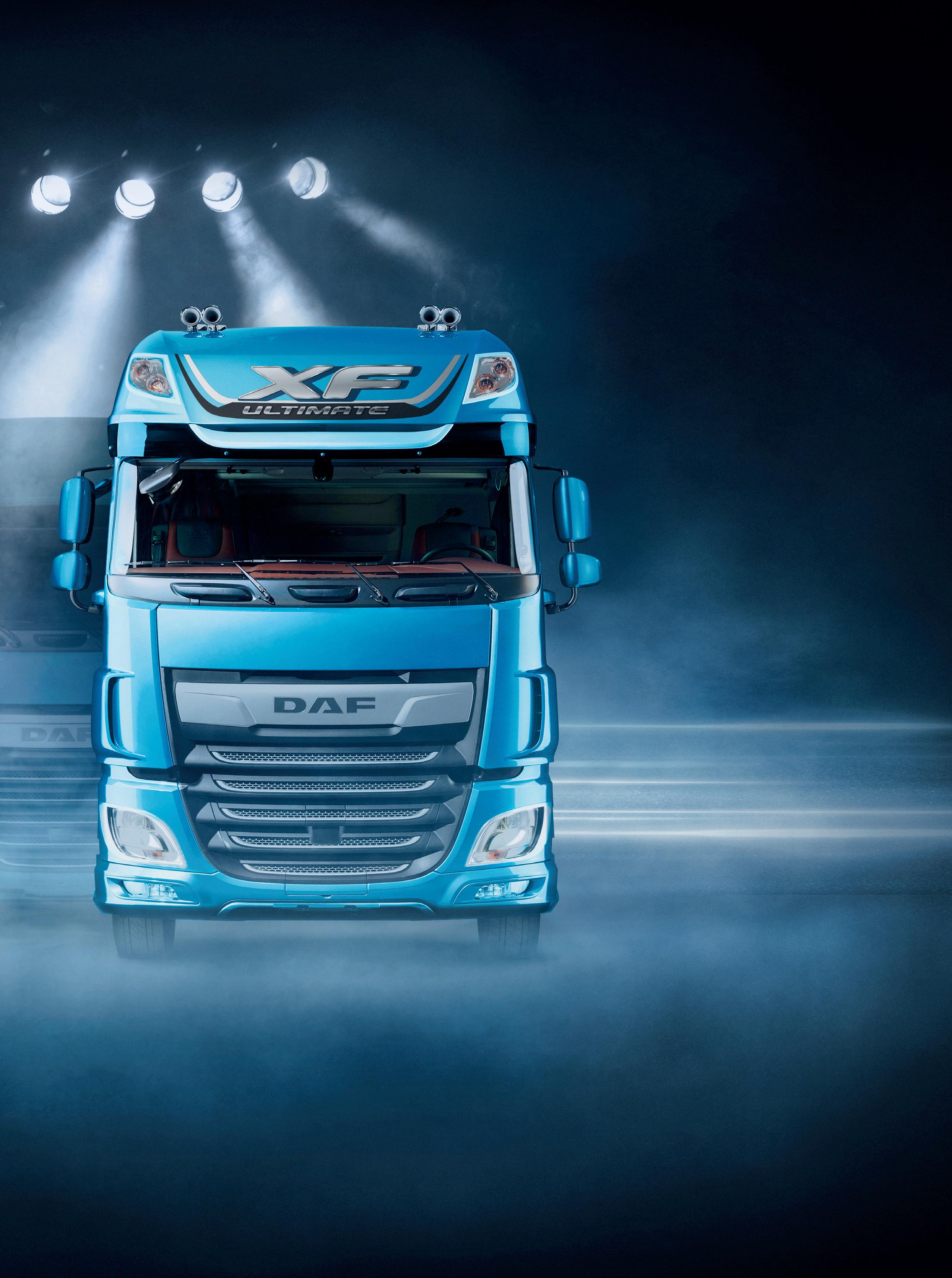
Towards
Zero Accidents and Zero Congestion
The automotive industry is undergoing the initial phase of a transition from provision of vehicles to provision of mobility. Accessible, inclusive and affordable mobility for all will become a huge challenge in the decades to come. This transition is made necessary and possible by a crucial need – especially in cities – for decrease in congestion, changing mass transit infrastructures, and more active modes of transport. The sharing economy is also playing an important role in this transition, in which mobility and transport will increasingly become smart. Digitalization (big data and artificial intelligence) is becoming more and more important for the future of mobility. This is also described in the Green & Smart Transport Delta Innovation Program: ‘Deployment of (digital) sensor technology, smart infrastructure and artificial intelligence are needed to accelerate the deployment and impact of connected and autonomous vehicle functions and consequently safe, efficient mobility and logistics.’
Automation of driving tasks
Because many smart mobility technologies tackle the problems both of road safety and of traffic flow, this document charts the dual drives toward zero accidents and toward zero congestion. A good example of these combined efforts is the automation of driving tasks. Moreover, traffic jams are often the result of accidents, and if traffic safety is increased, there will also be fewer traffic jams.

Social costs of traffic-related problems
Subthemes are linked
Smart solutions are required to minimize and someday eliminate problems associated with mobility. According to the KiM Netherlands Institute for Transport Policy Analysis, the number of road deaths has gone down from 678 in 2018 to 661 in 2019. The number of those seriously injured in traffic rose slightly in 2018 to 21,700, from 20,800 in 2017. The SWOV Institute for Road Safety Research reported that the costs of traffic accidents are approximately € 17 billion (€ 15.8 – € 18.6 billion), significantly higher than other social costs caused by traffic: the costs of traffic jams, for example, are around € 3.3 to € 4.3 billion (main road network only). The cost of damage to the environment by road traffic is estimated to be approximately € 7.0 billion (source: KiM), although the environmental costs are reported with a wide bandwidth (€ 5.5 – € 17.4 billion).
The overall subject of smart mobility can be subdivided into four themes: Cooperative Driving, Automated Driving, Connectivity, and Smart Mobility Services. These subthemes are linked and their developments go hand in hand. Just as with the challenges surrounding global warming and air quality, the Dutch Automotive/Mobility sector is well-equipped to tackle the problem areas of accidents and congestion. Below, we describe a few examples of companies dealing with these societal challenges in their own innovative ways. TRIDEC develops and manufactures steering systems and special wheel suspensions for commercial vehicle trailers which increase transport efficiency. The steering systems allow previously inaccessible destinations to be reached with larger loads. The independent wheel suspensions enable the creation of double deck trailers with over 60% additional capacity within standard heavy vehicle dimensions. Both significantly reduce the number of transport movements, for example those required to supply an urban supermarket. This results in fewer vehicles on the road, less congestion and decreased costs for fuel, drivers, maintenance, tires, etc., and most importantly it reduces environmental impact. TRIDEC’s trusted customer Draco recently created exceptionally long high-capacity vehicles using the EF-S electronic steering system. These elongated vehicles outperform standard-length vehicles without a steered trailer on maneuverability, while almost doubling capacity. Beijer Automotive supplies hardware and software that discloses valuable sensor data from a vehicle’s Controller Area Network (CAN). Hundreds of processes take place simultaneously under the hood of any car. The electronic circuit in a car meticulously registers and reports fuel consumption, speed, distance traveled, suspension, steering, handling, temperature and much more. The electronic units installed in a modern car exchange this data with each other over the in-car network, the CAN bus. The valuable vehicle sensor data can for example be used for intelligent route planning, roadside assistance, maintenance and other automotive telematics and mobility solutions. Beijer’s goal is to maximize the availability of sensor data from vehicles for numerous applications. Thus, smart services for electric vehicles can be devised for implementing driving differentiated reward systems and route calculations, developed considering special circumstances such as fog, rain, temperature, etc. Such data and services can make valuable contributions to smart mobility solutions enabling better utilization of the existing road network, without additional investment in infrastructure. Above all, this data can be used to improve traffic safety and counteract congestion.

Ronald de Beijer, CEO Beijer Automotive
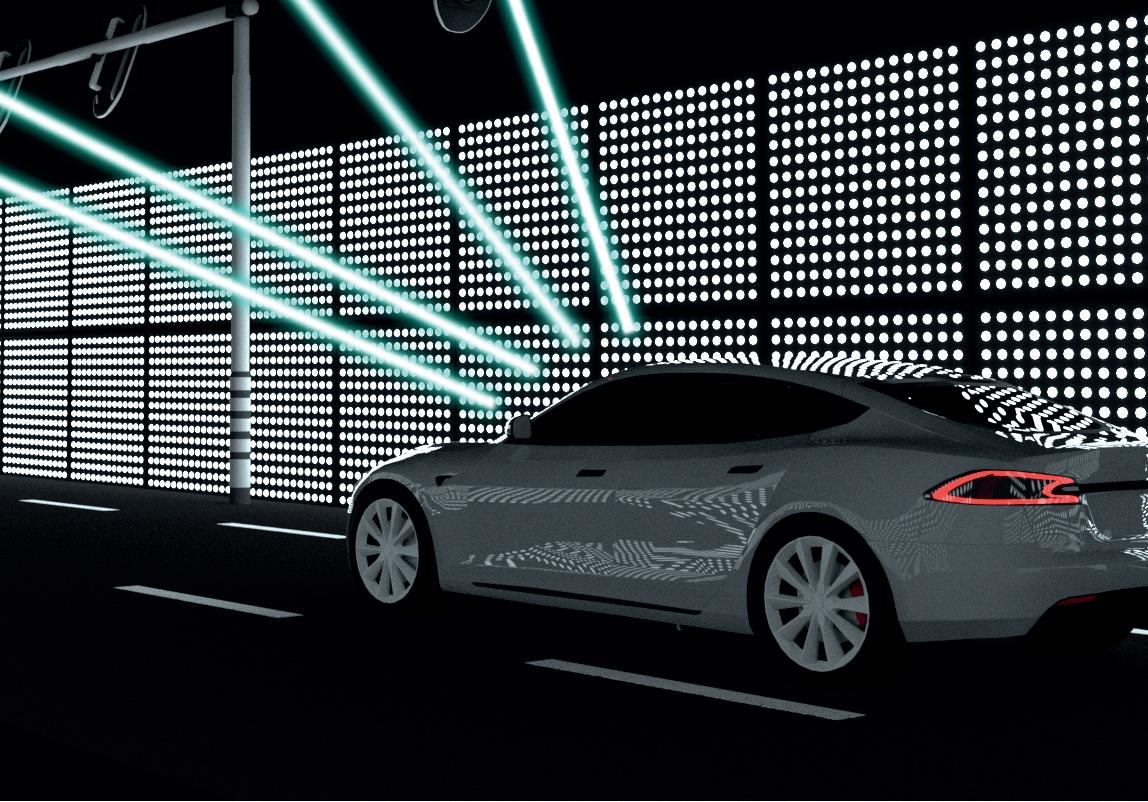
TASS International, a Siemens
company, supports the global automotive industry in the creation of safer and smarter vehicles. TASS is known for its unique development methodology, offering a set of advanced simulation software tools, tailor-made engineering solutions and state-of-the-art testing and certification facilities and services. The aim is to boost the development of Highly Automated and Connected Driving. One of the many examples is their Vehicle-Hardware-In-the-Loop (VeHIL) laboratory, which offers a unique environment for the development and testing of intelligent vehicles and transport systems – safely, cost-effectively and manageably. Extensive development and testing processes are necessary to ensure that these systems are safe and reliable. Until now, full-scale road tests have been expensive, time-consuming and possibly hazardous. TASS International brings a radical change to this landscape.
TomTom
TomTom offers three types of products in different shapes and forms: maps, connected services and (navigation) software. TomTom navigation devices and TomTom GO navigation apps are sold to end users directly or indirectly. In-dashboard systems are released for the automotive market. TomTom collaborates with various car manufacturers and offers built-in navigation systems. Vialis has nearly 140 years of experience in designing, building and maintaining traffic systems and managing traffic flows. Their vast knowledge and experience make innovative solutions for smart and sustainable use of infrastructures possible. Smart Mobility is one of Vialis’s spearheads. The company supplies the technology for Realtime Traffic Management and provides clients with technological means to collect and transmit data, from the traditional detection loops and detection cameras to Bluetooth and microwave systems. At the same time, Vialis is looking for ways to combine and enrich that data, for example in order to make the switch from collective to individual travel information. Together with industry partners, Vialis contributes to Intelligent Transport Systems and experiments with autonomous vehicles. Vialis encourages alternative forms of mobility, such as car sharing a Mobility as a Service.
Heijmans combines activities in real estate, construction & technology and infrastructure in the fields of Living, Working and Connecting. (Smart) Mobility is one of their key areas of expertise. In city centers, the car is neither the easiest nor the fastest way to get around. The future is not about more but mainly about better and smarter mobility. Reliable data traffic and up-to-date information are required to ensure that different forms of transport connect properly. Optimal mobility requires smart infrastructure in addition to smart cars. The key to optimal traffic flow, safety and comfort lies in sound coordination between infrastructure, means of transport and users. Mobility is becoming increasingly multimodal, whereby different types of transport, such as car, bicycle and public transport seamlessly connect with each other and the needs of users. Heijmans has the necessary expertise in the areas of system integration and technology.
NXP
NXP manufactures semiconductors. In the automotive sector, NXP provides the processing power to help accelerate the next breakthrough in automotive design for advanced driver-assistance systems (radar and DSRC solutions), in-vehicle networking (enabling innovative, fast secure networking for hyperconnected driving), body, chassis, powertrain and safety applications.
Monotch
With its Traffic Live Exchange platform, Monotch can connect smart traffic lights with road users and road authorities for the optimization of traffic flows. Because of the complexity of system changes in the field of smart mobility, it is crucial that specialized companies and knowledge institutes work together closely. One example of such collaborations is ICADI.
ICADI (International Connected Automated Driving Initiative) is an open partnership between RAI Automotive Industry NL, NXP, TomTom, TNO, Siemens-TASS and the Eindhoven University of Technology, aimed at sharing extremely large amounts of data. This data is then used to test new techniques for self-driving transport. The partners want to use ICADI to develop knowledge within the region to maintain an international pioneering position in the field of data and navigation for self-driving vehicles. Rather than starting from scratch, these partners’ broad and extensive experience in the areas of mapping, sensing, computing, communication technology, testing and simulation and CAD applications will form the solid base on which ICADI will build. Moreover, the combined experience in collecting and processing data, safe highway testing (including obtaining the necessary testing permits) and more gives ICADI a clear head start.










